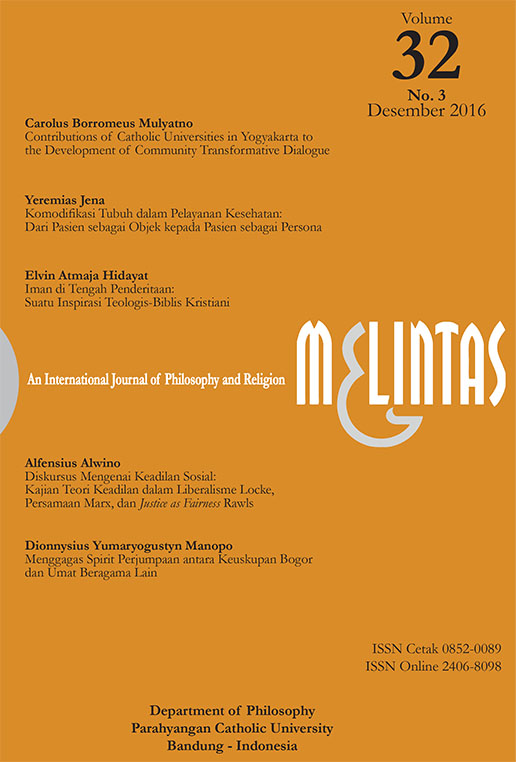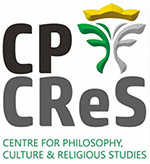Menggagas Spirit Perjumpaan antara Keuskupan Bogor dan Umat Beragama Lain
DOI:
https://doi.org/10.26593/mel.v32i3.2697.329-349Abstract
Christianity exists within the different religious traditions and Christians are aware of this reality as part of their existence. Especially in Asia, this situation has become a basic context to Christianity and the local churches that requires continuous reflections. In Asian reality, religious plurality is not merely a particular situation, but an important stage in the life of the Christianity, which leads to further reflections and even questioning of its existence among the other religions. The Catholic Church in Bogor (the Diocese of Bogor), Indonesia, is one of the example how the church in Asia is trying to survive and to find its roots within the local context. Thir article is inspired by the Diocese’s vision, the documents of Vatican II, and other documents of the Catholic Church, in exploring how the “spirit of encounter” can become a model for the local church to continue to exist within the religious plurality. This spirit invites the local believers to have a committment in giving their attention to the their context and to their social dimension. Through the encounters, the local church attempts to reduce the gaps of communication and to preserve good relationship with people of different religious traditions. Here the church enters the interfaith experience or the experience of togetherness, and the spirit of encounter might help spread the image of the church as a church of relation.Downloads
Published
2017-09-06
Issue
Section
Articles
License
MELINTAS applies the Creative Commons Attribution (CC BY NC) license to articles and other works we publish. If you submit your paper for publication by MELINTAS, you agree to have the CC BY NC license applied to your work.


